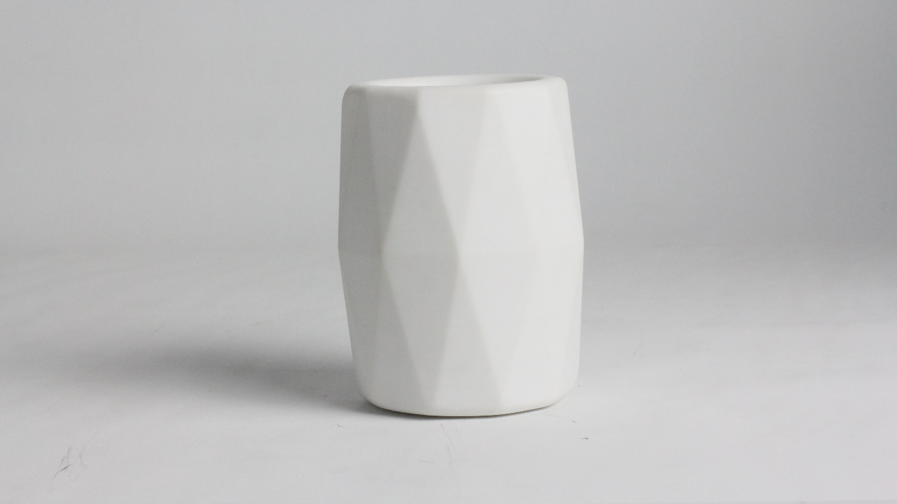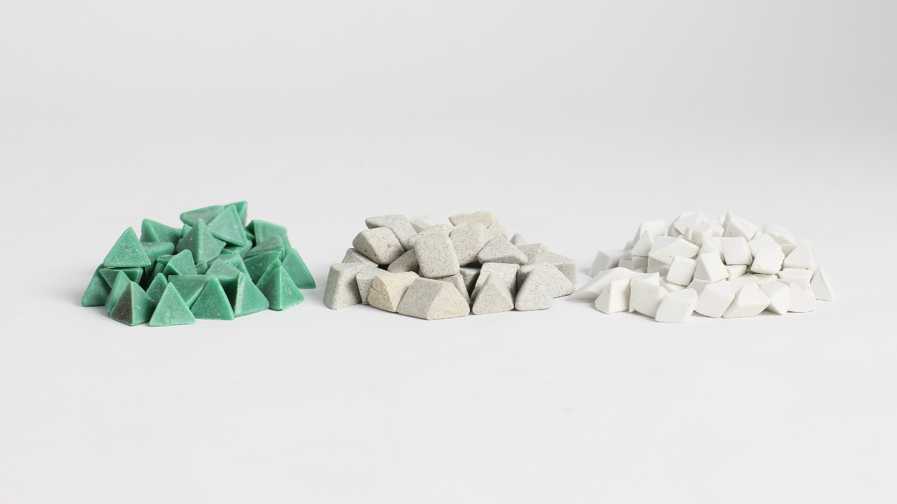POST-PROCESSING
TUMBLING
Tumbling is a post-processing technique for smoothing and polishing the surfaces of objects in a fully automated process. Polycarbonate is a suitable candidate for vibrational tumbling due to its mechanical strength and impact resistance as the nature of the tumbling process involves thousands of surface impacts with cutting and polishing stones. Tumbling is a good hands-free choice for post processing your polycarbonate prints and a range of different finishes can be achieved by the selection of stone used in the tumbler.
The process of tumbling is quite similar to the process of producing sea glass or beach glass. In a tumbling process, the tumbling machine shall be loaded with abrasive grit particles and liquid lubricant (water is applicable in the cases of polishing PC parts) before the machine rotates or vibrates. After the beginning of the action, the grit particles will repeatedly fall onto the polished part to scratch its surface gradually.
There are 2 important factors in a tumbling process that should be carefully considered: the grit and the process duration.
Just like sandpaper, the tumbling grit has different level of grades. The lower grade grit is used to make coarse surface, while higher grade grit can make very fine surface. Besides, different shapes and sized of grit have strong influence on the polishing result as well and as with most of our techniques, the geometry of the model is a factor to consider when choosing the correct stones.
The process duration is decided by many factors including the kind of grit, the size and power of the machine and the material of polished parts.
Layer lines are inevitable for filament extrusion 3D printing technology, but picking the correct layer height may add more time to the printing process, but reduce time in post processing. Finding the balance here specific to the process is key in obtaining the desired results. Tumbling offers an effective solution that is holistic and fully automated and less aggressive that hand sanding. However, it does have its drawbacks, as only the parts that come in contact with the stones will be sanded which means fine details or hard to reach areas will not be effected whilst the outside, easily reached areas may become over sanded. You can decide the quality of polished surface by choosing different kinds of abrasive grit and tumbling duration, the process is slow so its easy to monitor, for example these custom printed insoles would take two hours to polish to a smooth finish displaying no layer lines.



